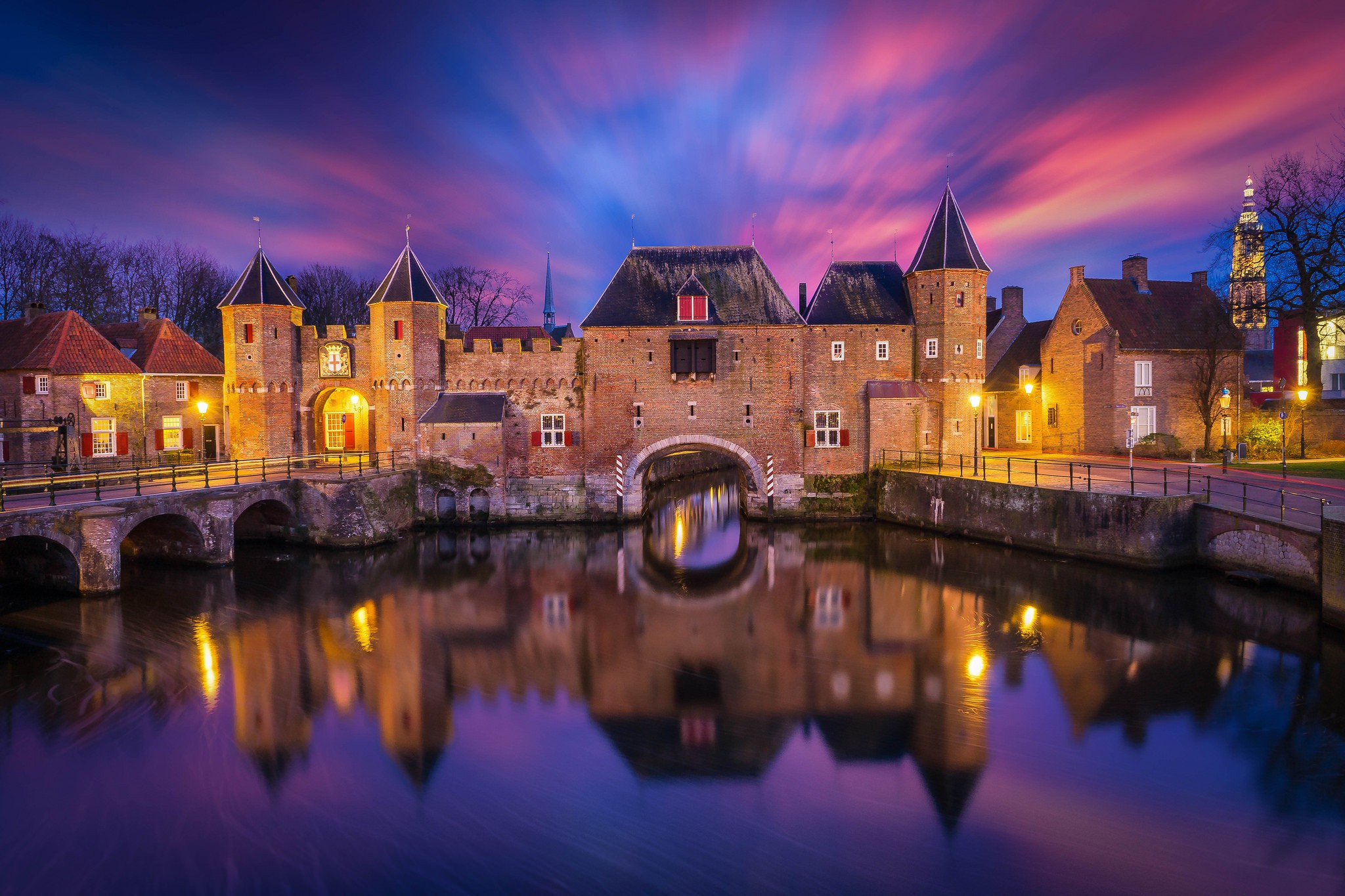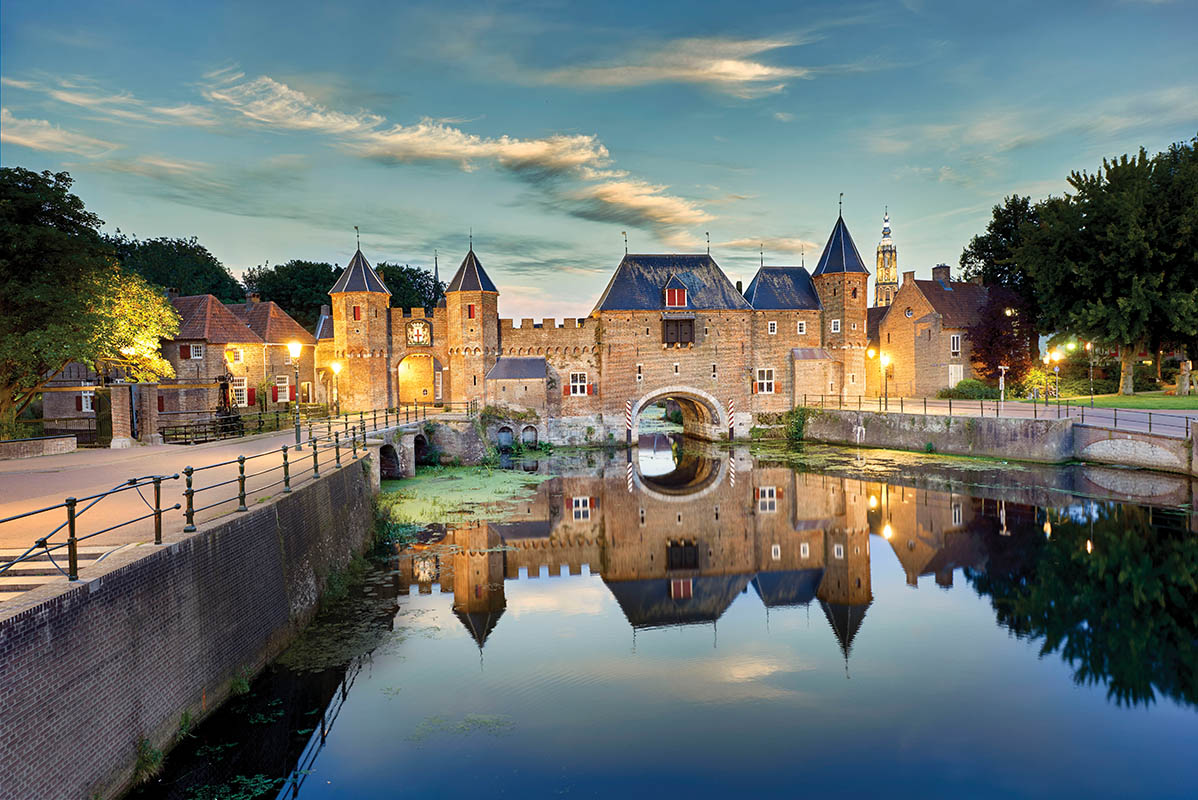Historical Reenactment in Amersfoort
Every year, the streets of Amersfoort, a city in the Netherlands, transform into a vibrant tableau of the 16th century. This transformation is part of a historical reenactment event that draws participants and spectators alike. The event is meticulously organized to reflect the city's past, with participants donning period-appropriate costumes and adopting the roles of historical figures.
Crafting Authentic Costumes

Creating the costumes for this event is a year-round endeavor. Local artisans and historians collaborate to ensure every garment is as authentic as possible. Fabrics are carefully chosen to match those available in the 1500s, such as wool and linen. Tailors use traditional techniques, including hand-stitching and natural dyeing, to replicate the clothing styles of the era. This attention to detail helps participants fully embody their characters, from merchants to nobility.

Characters and Their Stories

Participants in the reenactment take on roles that reflect the diverse society of 16th century Amersfoort. Characters include merchants, who were vital to the city's economy, and members of the local guilds, which played a significant role in community life. Each character has a backstory, often based on historical records, which adds depth to the reenactment. This storytelling aspect allows visitors to engage with history in a personal and interactive way.
The Role of Music and Dance
Music and dance are integral to the reenactment, providing an auditory backdrop that enhances the historical atmosphere. Musicians play period instruments such as the lute and hurdy-gurdy, while dancers perform traditional dances. These performances are not just for entertainment; they are carefully researched to ensure historical accuracy, offering insights into the cultural life of the time.
Educational Impact and Community Involvement
The reenactment serves as an educational tool, bringing history to life for both locals and tourists. Schools often organize field trips to the event, allowing students to learn about their heritage in an engaging setting. The community's involvement is crucial, with many residents participating as volunteers, helping to organize and run the event. This collective effort fosters a sense of pride and connection to the city's history.










